How can fog help provide water for some of the world's driest regions?
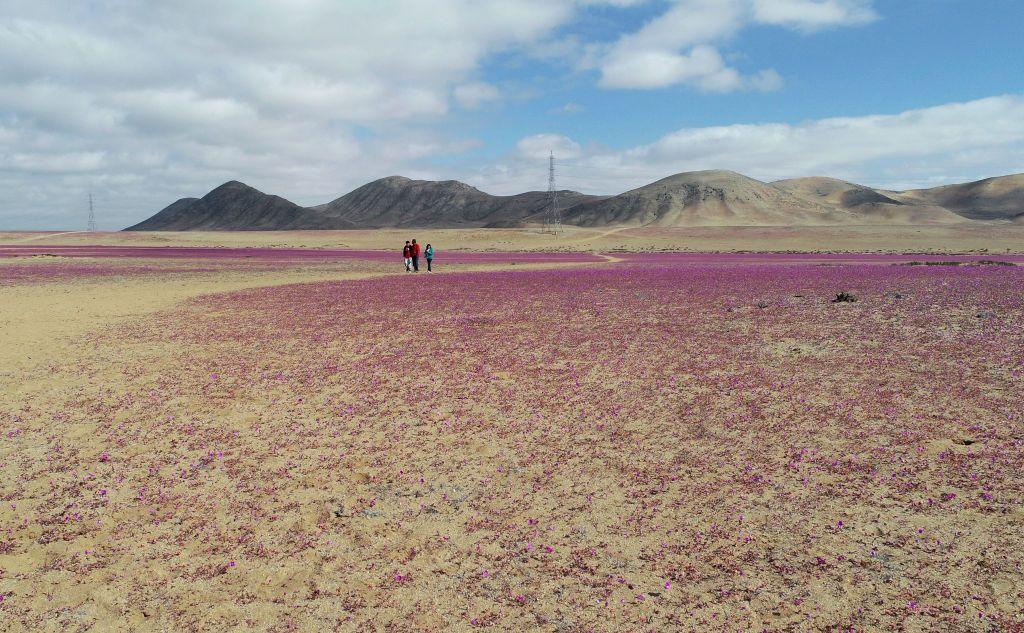
The Atacama Desert in South America sees less than 1 millimetres of rainfall a year
- Published
Some parts of the world experience incredibly hot and dry conditions with very little rain.
One of those places is Atacama Desert in Chile, one of the driest places in the world with less than 1 millimetres of rainfall a year.
Local researchers in Chile have been looking into a practice called fog harvesting.
The hope is that it will help provide local people with much needed water for drinking and growing crops.
More stories like this
- Published17 February 2022
- Published10 November 2015
- Published26 July 2019
What is fog harvesting?
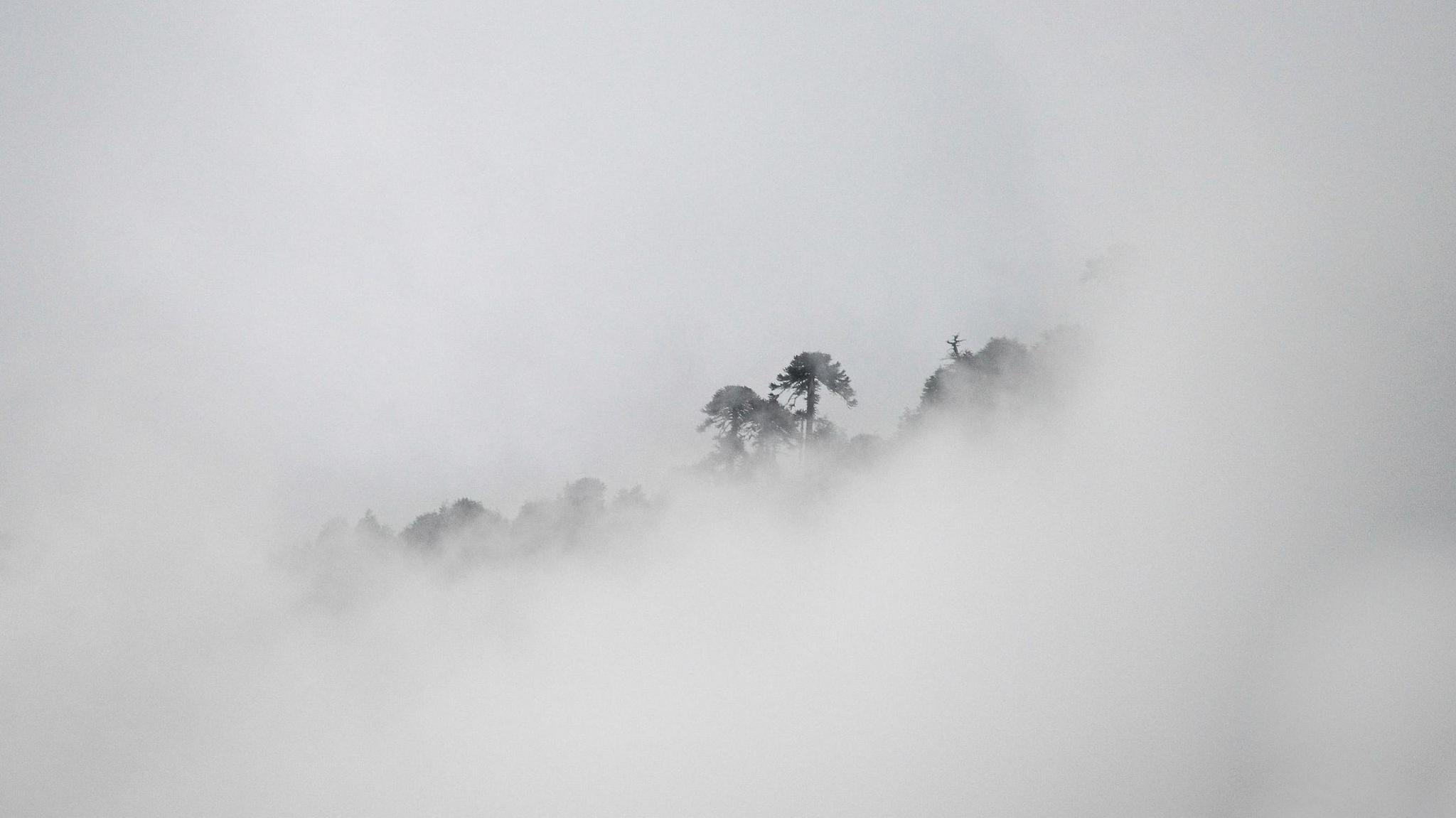
Fog harvesting isn't a new idea, and the methods used to collect water from fog are pretty simple.
A fog is a cloud of water vapour, that is close to the ground.
To collect fog water, a wire is woven together to make a mesh which is then hung between two poles.
Droplets form on the mesh, which are collected and stored.
Fog harvesting has been used on a smaller scale for many years, mainly in parts of South and Central America where the right foggy conditions exist.
Researchers in Chile believe fog harvesting on a bigger scale could provide a more reliable water supply in areas that need it most.
What were the findings from the study?
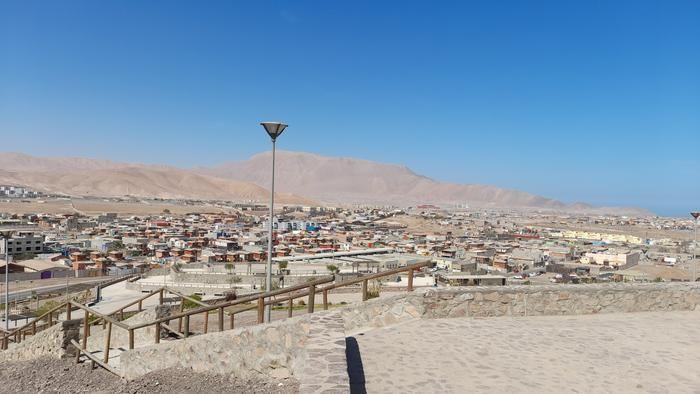
Alto Hospicio in Chile is one of the driest places in the world
The researchers carried out a year-long field study in a Chilean city called Alto Hospicio in the Atacama Desert.
The city has grown quickly, with about 10,000 people living there today.
However, only a very small percentage have easy access to water in their homes.
Most of the residents get the water they need from truck deliveries.
The researchers found 17,000 square metres of mesh could produce enough water to meet the weekly water demand of 300,000 litres that is currently delivered by truck to the locals in the area.
They also found that just110 square metres of mesh could water the city's green spaces for a year.
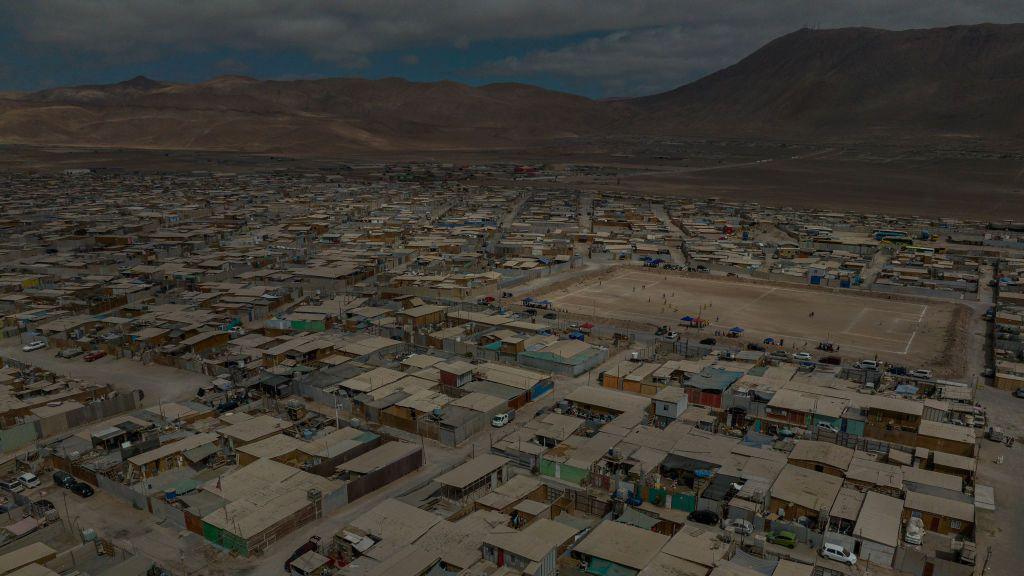
Many people in Alto Hospicio rely on truck deliveries for water
Dr Virginia Carter Gamberini who is an assistant professor at Universidad Mayor and a co-author on the study said the collected water could be used for drinking and local food production.
But the researchers say that large storage systems, good piping networks, and well thought out ways of distributing the water would be needed.
The team who carried out the study also say fog harvesting should not be seen as the only solution to the lack of water in some regions, but as just one way to solve the problem.
And fog harvesting only works if the conditions are just right.
Things like "fog density", "wind patterns" and how much fog a region sees throughout the year will need to be considered.
"By showcasing its potential in Alto Hospicio, one of Chile's most stigmatised yet rapidly urbanizing cities, this study lays the groundwork for broader adoption in other water-scarce urban areas," said Nathalie Verbrugghe who is a researcher at Université libre de Bruxelles and a co-author on the study.
More of the latest
- Published1 day ago

- Published2 days ago
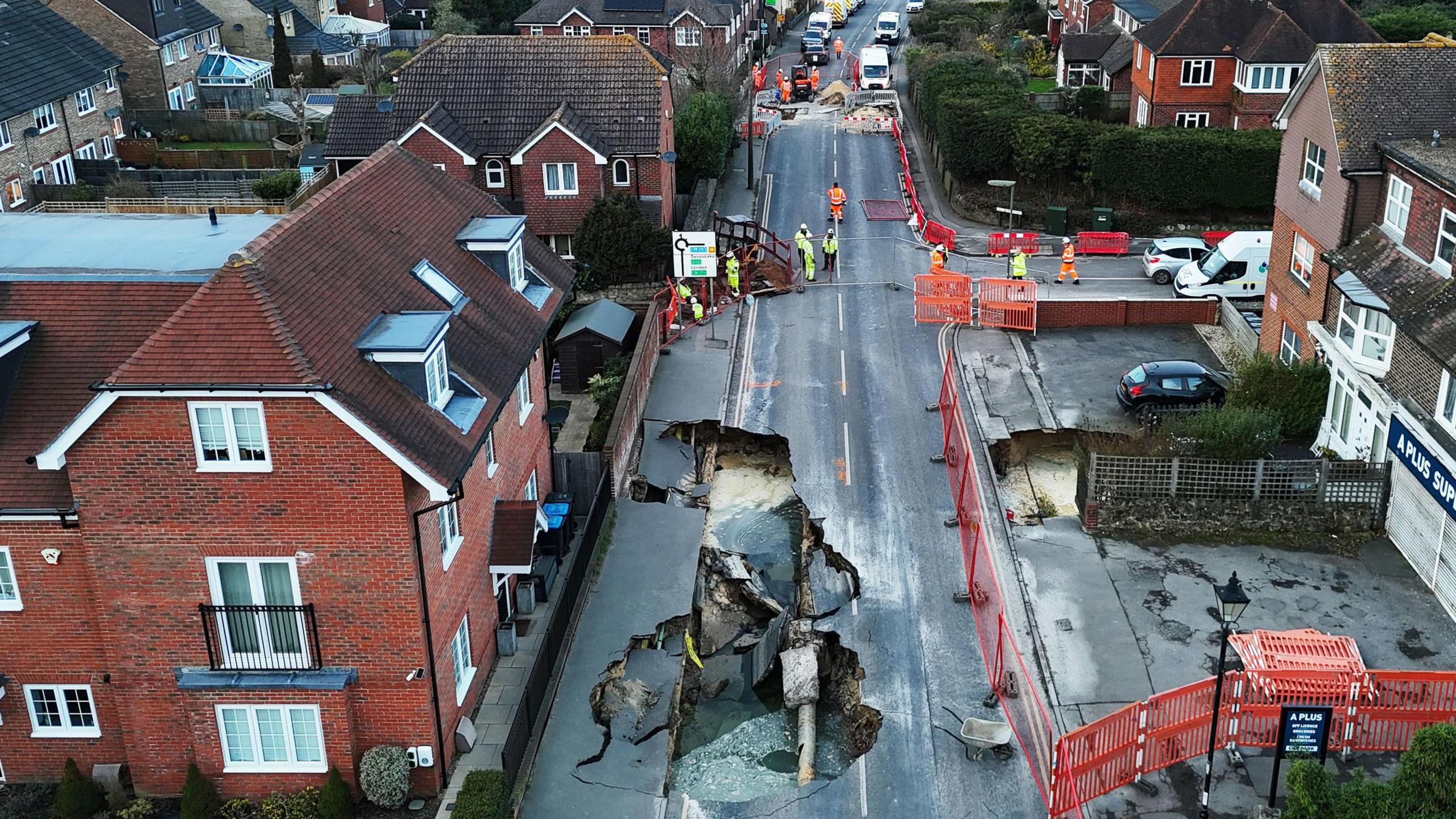
- Published2 days ago

